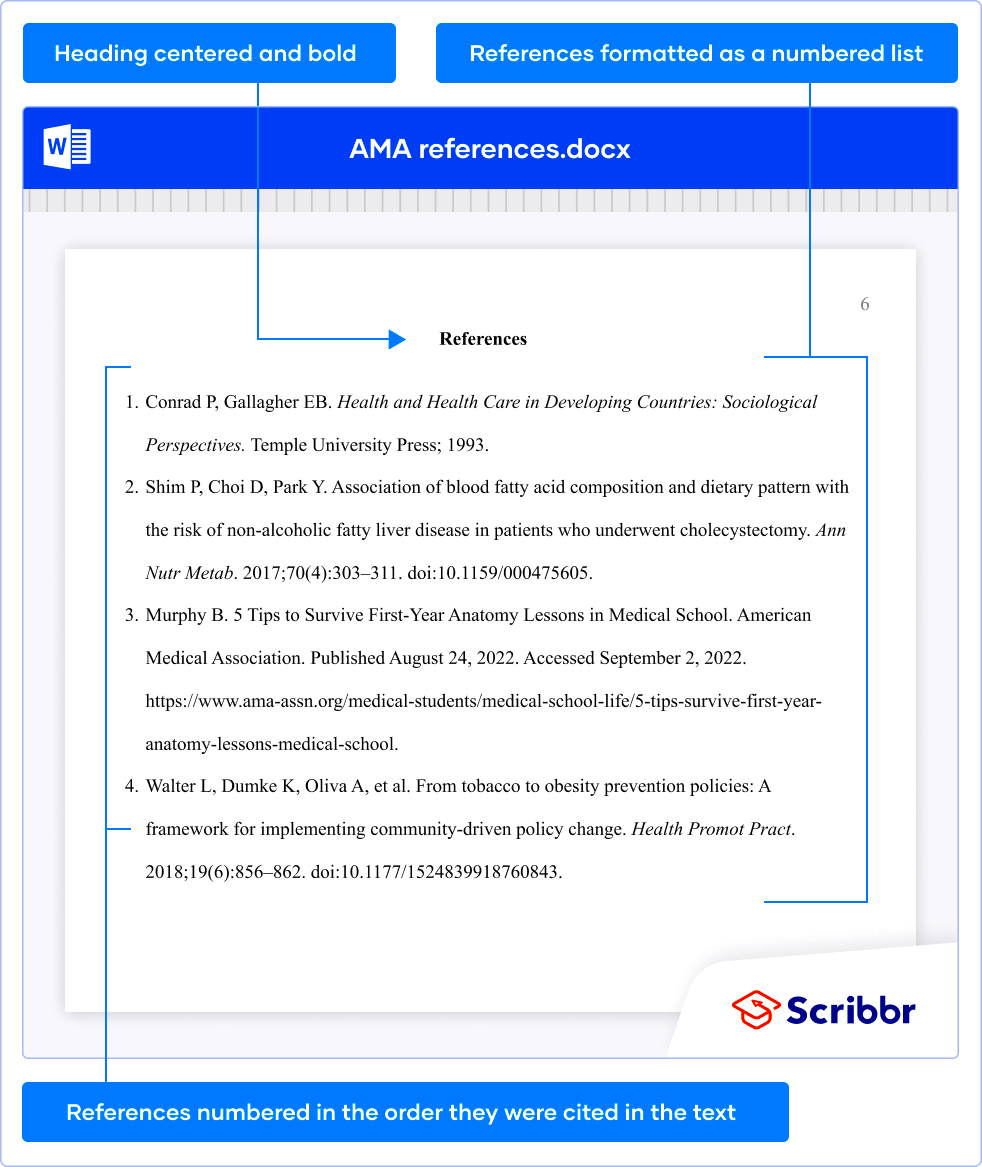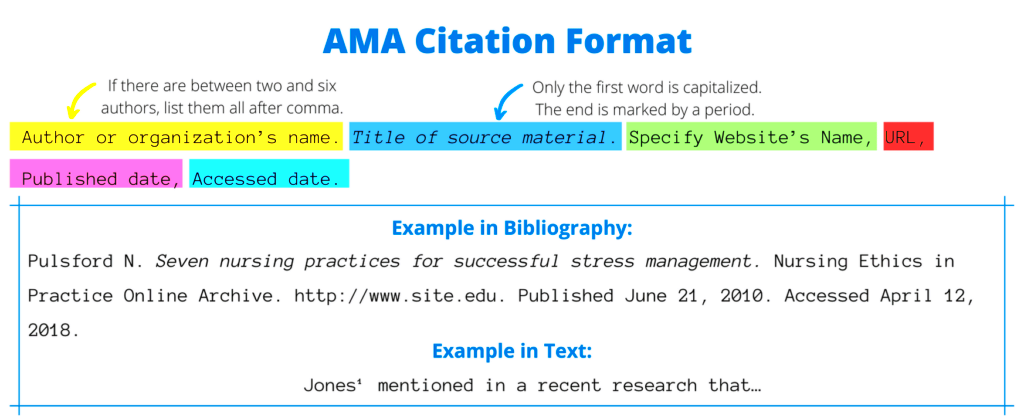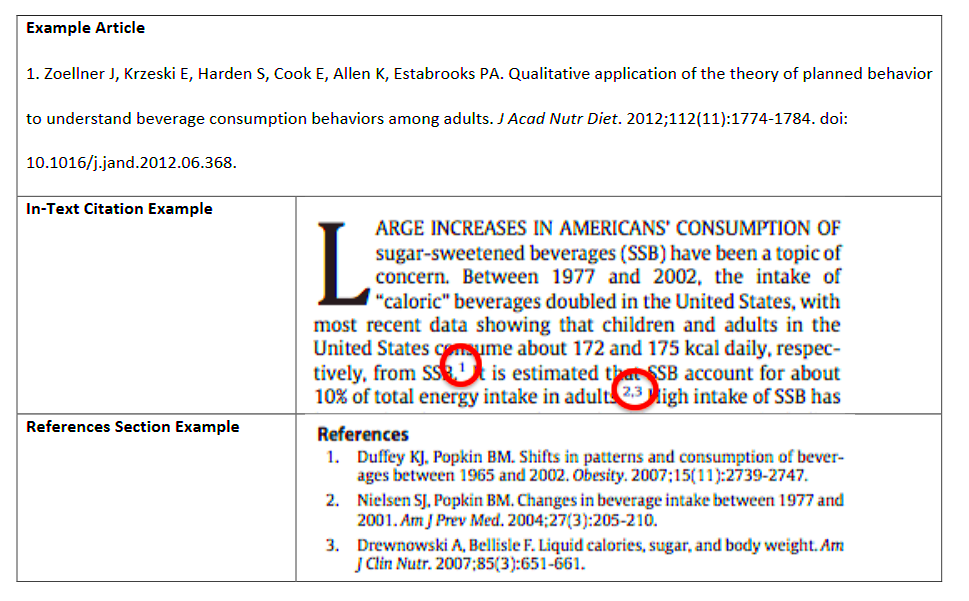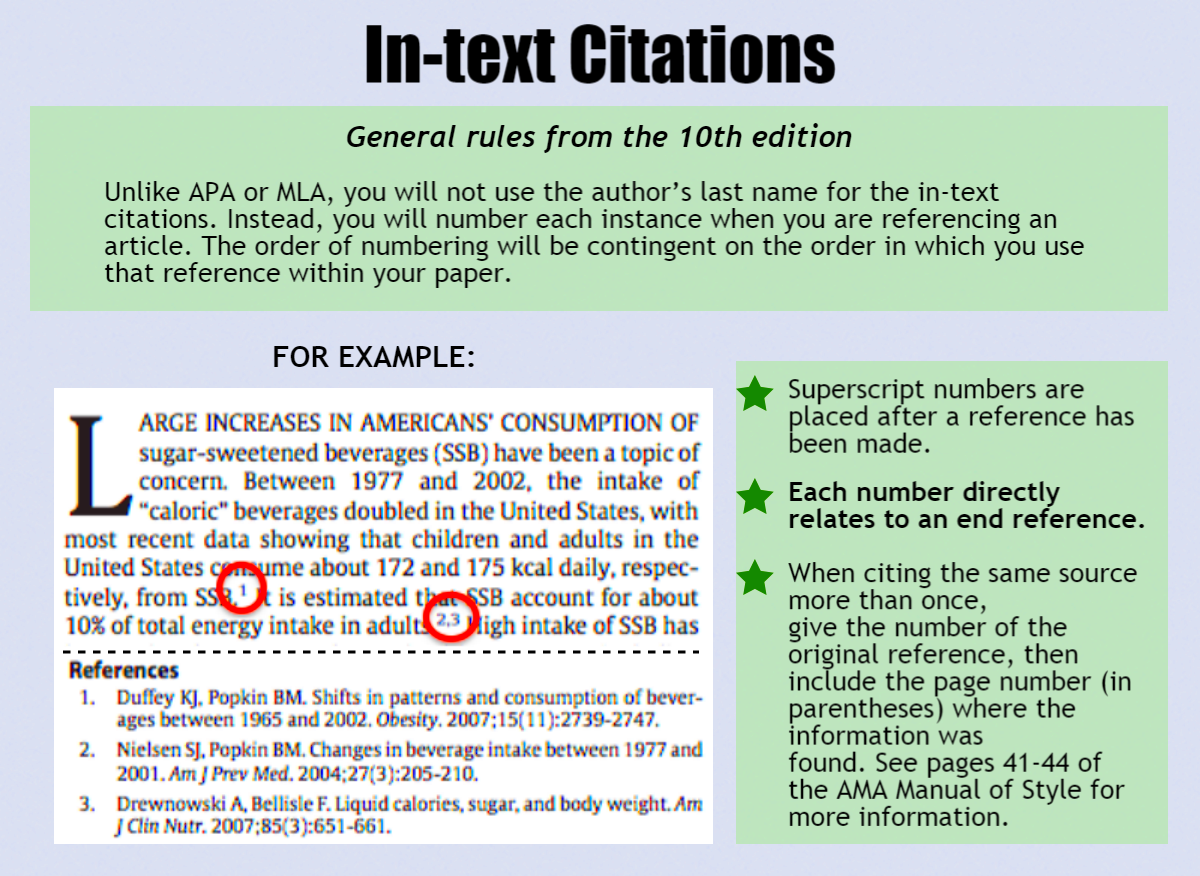When it comes to academic writing, properly citing your sources is crucial. This includes not only text-based references but also images. The AMA (American Medical Association) citation style is commonly used in the medical and scientific fields, and it has specific rules for citing visual content like photographs, diagrams, and illustrations. In this section, we’ll break down why citing images is just as important as citing text sources, and how to do it properly using the AMA format.
Understanding how to cite images correctly ensures that you give credit to the original creator, helps readers trace the source of your visual content, and maintains the integrity of your work. Whether you’re writing a research paper or a medical article, mastering the citation rules for images will improve the credibility of your work and align it with professional standards.
Why Citing Images Is Important in Research and Publications

Images are powerful tools in research and publications, often providing insights that words alone cannot convey. However, just like written content, these visuals must be properly credited. Here’s why citing images is essential:
- Intellectual Property Protection: Proper citation protects the rights of the image creator, ensuring that their work is acknowledged and not used without permission.
- Academic Integrity: In any research or publication, honesty and transparency are paramount. Citing images ensures you aren't falsely presenting someone else's work as your own.
- Traceability: Image citations allow readers to trace the visual content back to its original source for verification or further study.
- Supporting Your Arguments: Visuals can strengthen your arguments, making them more persuasive. Proper citation allows others to see where your supporting images come from.
- Credibility: Properly citing images enhances your credibility as a researcher or writer. It shows you adhere to ethical standards and follow professional guidelines.
In short, citing images is a critical part of scholarly work. It ensures that visuals are used ethically and that their creators are acknowledged for their contributions.
Understanding the AMA Citation Style

The AMA citation style is widely used in the health sciences, particularly in medical journals and research papers. It is a straightforward style that focuses on providing readers with essential details, such as the author’s name, the title of the work, the publication date, and more. For visual content, the AMA format requires specific details to ensure the image’s origin is clear.
Here’s a quick breakdown of how the AMA style works for citing images:
- Author’s name: Just like with text-based sources, the creator of the image is credited first. If the image doesn’t have a clear author, use the organization responsible for it.
- Title of the Image: The title or description of the image is listed next. If there’s no title, a description can be used in place.
- Source or Publication: This includes where the image was originally published or found, such as a journal, website, or book.
- Image Date: If available, include the year the image was created or first published.
- Location: The citation may also include a direct link to the image, especially if it was found online.
Here’s an example of how an image citation might look in AMA style:
Doe J. “Title of Image.” Journal of Medical Research, 2022. Available at: [URL]. Accessed October 2024.
Remember, every citation style has its own set of rules. In AMA, keeping these details in mind will ensure your image citations are correct and aligned with professional standards.
How to Cite Images in AMA Format

Citing images in AMA format might seem like a daunting task at first, but it’s pretty straightforward once you understand the key components. Whether you're citing a photo, illustration, chart, or any other type of image, the process remains consistent. Here’s a breakdown of the steps involved:
- Step 1: Author Information – Start by listing the creator’s name. If the image was created by an individual, use their full name. If no individual author is listed, you can use the organization or website name instead.
- Step 2: Title of the Image – Provide the title of the image in quotation marks. If the image doesn't have a formal title, you can use a brief description of the image in place of the title.
- Step 3: Publication or Source – Mention where the image was published. This can be a journal, book, website, or other source. For websites, be sure to include the full URL or DOI.
- Step 4: Date of Publication – Include the date the image was published or created. If you don’t have a specific date, you can provide the year or the date you accessed the image online.
- Step 5: Access Information – If the image was accessed online, include the date you accessed the image. This is especially important for digital content that might change over time.
Here’s an example citation for an image:
Smith J. “Medical Research Chart.” Journal of Medical Science. 2023. Available at: [URL]. Accessed November 2024.
By following these simple steps, you can ensure that your image citations are accurate and comply with AMA standards.
Formatting Image Citations for Different Sources

Different sources require different formats when citing images. Whether you're citing an image from a book, a website, or a journal, each source type has its own set of rules. Here’s a quick guide on how to format citations for various image sources:
1. Citing an Image from a Journal Article
When you cite an image from a journal article, you’ll need to include the article title, journal name, volume, issue number, page range, and publication date. Here’s the format:
Author(s). “Title of Image.” Title of Journal. Year;Volume(Issue):Page Number(s). Available at: [URL]. Accessed [Date].
2. Citing an Image from a Book
For images from books, include the book title, publisher, and the page number where the image is located. Example:
Author(s). “Title of Image.” Title of Book. Edition. Place of Publication: Publisher; Year: Page Number(s).
3. Citing an Image from a Website
When citing images from websites, it’s important to provide the full URL and the date you accessed the image, since online content can change over time. Example:
Author(s). “Title of Image.” Website Name. Available at: [URL]. Accessed [Date].
4. Citing an Image from an Online Database
If the image comes from a database, such as a digital archive or library collection, include the database name along with any identifying numbers (e.g., DOI or accession number). Example:
Author(s). “Title of Image.” Database Name. Available at: [URL or DOI]. Accessed [Date].
By adjusting your citation based on the source type, you can maintain accuracy and provide the right details for your readers.
In-Text Citation of Images: AMA Guidelines
In-text citations for images in AMA format follow the same general principles as text citations, but there are a few key differences. When citing an image within the body of your work, you should make it clear where the image came from, while keeping the citation concise. Here’s how to do it:
- Image Numbering: When referencing an image within your text, label the image with a number (e.g., “Figure 1”). This helps readers easily identify the image you’re discussing.
- Citing the Source: Immediately following the image number, include the citation in parentheses. This should match the format you’ve used in your reference list, though it may be abbreviated.
Example of an in-text citation:
As shown in Figure 1 (Smith J, 2023), the chart illustrates the correlation between treatment outcomes and patient age.
If you're using an image from a source you’ve already cited in your reference list, you can simply reference the figure and provide the necessary in-text citation:
Figure 1: Treatment outcomes based on patient age (Smith J, 2023).
Remember, the key to in-text image citations is clarity. You want readers to easily find the corresponding reference in your bibliography or works cited list.
Common Mistakes to Avoid When Citing Images in AMA Format
Citing images in AMA format may seem simple, but there are several common mistakes that can make your citations incorrect or incomplete. These errors can lead to confusion or even diminish the credibility of your work. Here are some of the most frequent mistakes to watch out for:
- Missing Author Information – One of the most common mistakes is forgetting to include the image creator’s name. If the image is from a website or database and no individual author is listed, use the organization or publisher instead. Always make sure to credit the creator of the image, whether an individual or a group.
- Incorrect Image Titles – Make sure the title of the image is accurate. If there is no formal title, use a brief description that reflects the content. Don't leave the title blank or make assumptions about the image's content based on its context in your paper.
- Forgetting the Source or Publication – Not including where the image was published can lead to incomplete citations. Always provide the source—whether it’s a book, journal, website, or online database. For digital images, always include a link to the source.
- Omitting Access Dates for Online Sources – If the image was found online, you must include the date you accessed it. This is important because websites can change over time, and the version of the image you accessed might not be the same in the future.
- Incorrect Formatting – AMA citation style requires precise formatting, including punctuation and ordering of information. Pay close attention to the details like placement of commas, periods, and the use of italics for publication titles.
Avoiding these common mistakes will help ensure your image citations are accurate and meet AMA standards.
Frequently Asked Questions (FAQ)
When it comes to citing images in AMA format, there are a lot of questions that often come up. Below are some of the most frequently asked questions, along with helpful answers to guide you through the citation process:
1. How do I cite an image that has no author?
If an image has no specific author, you should use the organization or publisher as the author. For example, if the image is from a government website, use the name of the government agency as the author.
2. Can I use a URL for images found online?
Yes, you can use the URL to cite online images. Make sure to include the full link to the image and the date you accessed it. This is especially important for digital content, as online images may change or be removed over time.
3. Should I include the date of creation for all images?
When possible, include the date the image was created or published. If no date is available, you can provide the year you accessed the image online. For print sources, the publication date of the book or journal is sufficient.
4. How do I cite a figure or table from a journal article?
When citing a figure or table from a journal article, include the author(s), the title of the figure or table (if available), the journal title, volume, issue, and page numbers, followed by the DOI or URL if available.
5. Can I use "personal communication" for image citations?
No, "personal communication" is typically used for citing private conversations, emails, or unpublished works, not for images. Always cite the published source of the image, such as a book, article, or online database.
These FAQs should clarify some of the most common uncertainties when it comes to citing images in AMA format. Always check the citation guidelines to ensure you're following the rules correctly.
Conclusion: Mastering Image Citations in AMA Format
In conclusion, citing images correctly in AMA format is an essential skill for researchers, writers, and students in the medical and scientific fields. Proper citation not only ensures that the original creators are credited, but it also strengthens your work by demonstrating adherence to ethical and professional standards.
By following the steps outlined in this guide and avoiding common mistakes, you can easily master the process of citing images. Whether you’re working with images from books, journals, websites, or other sources, understanding the AMA guidelines will make the process smooth and straightforward.
Remember the key points:
- Always include the image's creator (author), title, and source.
- Provide the publication date and access date for online images.
- Format your citations according to AMA standards for consistency and professionalism.
By mastering image citations in AMA format, you’ll ensure that your research is credible, ethical, and aligned with academic standards. Keep these tips in mind, and you’ll be on your way to citing images with confidence.

 admin
admin








